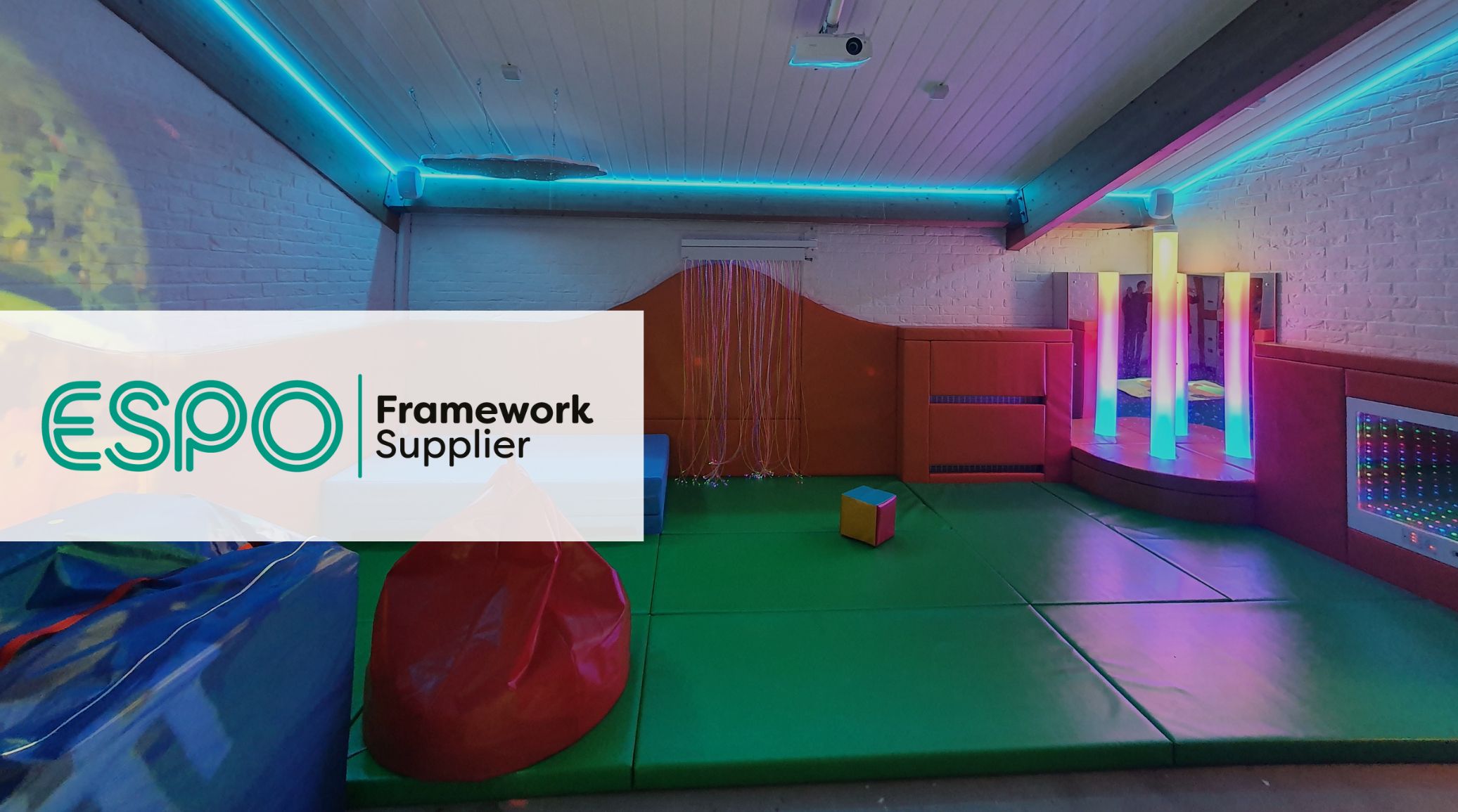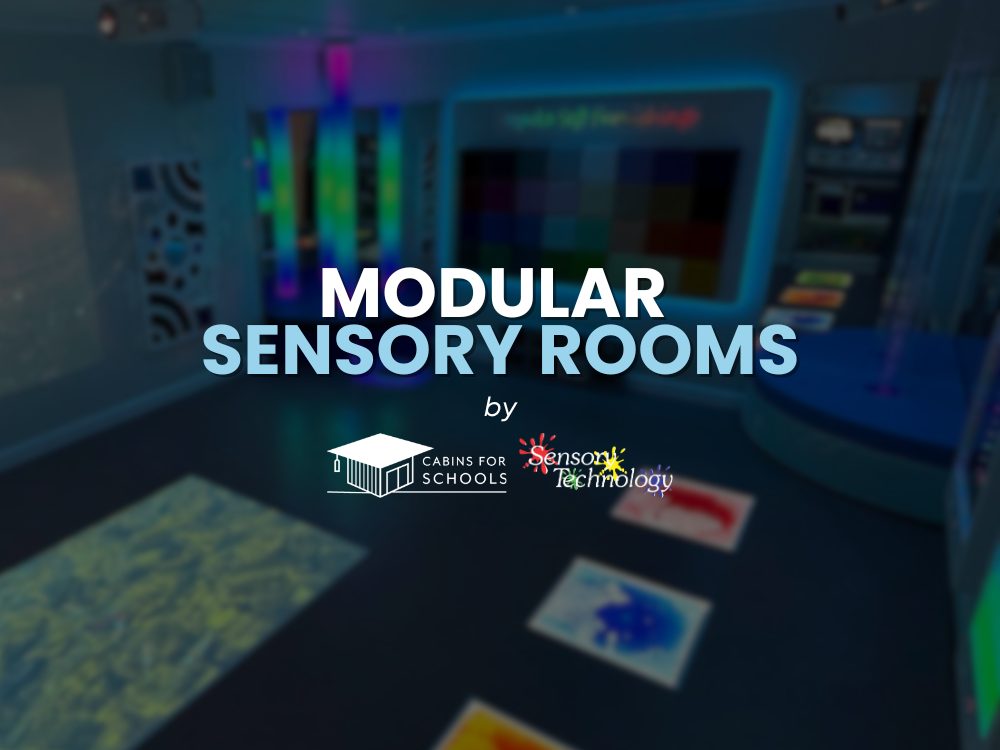Colour plays a powerful role in an autism-friendly sensory room design, influencing how individuals feel, behave, and interact within a space. For people across the autistic spectrum, the choice of colour can be an instrumental tool in creating a calming, supportive environment that promotes emotional regulation and reduces anxiety.
In this blog, we’ll explore the top five padding colours ideal for autism-friendly sensory rooms, dive into colour theory and their impact on moods and behaviour, and share practical tips on how to use them effectively to create an inclusive, sensory space.
The Connection Between Colour Theory and Autism
Before we discuss padding colour choice within an autism-friendly sensory room design, let’s delve further into colour theory, in particular amongst those on the spectrum.
Colour psychology reveals that different hues and tones can influence mood and behaviour, with colours often perceived in varied ways. But how might these perceptions vary for neurodiverse individuals?
Typically our brains dedicate a significant amount of resources to visual processing, however in autistic individuals, this is more profound. This increased activity in the parts of the brain that handle visual information, can lead to greater sensitivity to sights and visual details (hypersensitivity).
In relation to colour perception amongst autistic adults and children, research shows that colours—especially those that are bright, intense, or highly contrasting—can become overwhelming or distracting, while softer, muted tones may be more comfortable and supportive for visual processing.
In 2016, a study of 29 boys with ASD and 38 typically developing boys (ages 4–17) found that those with ASD preferred green and brown, whereas typically developing boys preferred yellow. This difference is thought to stem from sensory hypersensitivity in ASD, making yellow seem overwhelming.
On the other hand, some individuals with ASD can experience hyposensitivity to visual input and therefore benefit from increased visual stimulation. In such cases, bright or high-contrast colours may be more suitable and effective in enhancing sensory processing, socalisation and engagement.
The Effects of Different Colour Tones - Calming vs Stimulating
An essential aspect of colour perception in autism-friendly sensory rooms involves recognising the differences and impacts of calming versus stimulating tones.
Calming tones such as soft blues, gentle greens, and neutral shades are known to reduce anxiety, promote relaxation, and minimise sensory triggers. These colours are particularly effective in environments designed for self-regulation, therapy, and learning support. For individuals who struggle with emotional regulation or over-stimulation, these soothing hues help create a sense of safety and calm—making it easier to self-regulate and engage with tasks, learning or therapy. This is ideal for autistic users prone to hypersensitivity.
In contrast, it has been found that that warmer (yet soft – not harsh) tones such as — yellows and oranges are effective in increasing energy levels, stimulation, and social confidence. This makes them particularly useful in areas designed for active engagement or sensory input. These stimulating hues are better suited for users who experience low sensory / visual responsiveness (hyposensitivity).
Things To Consider When Choosing Your Sensory Room Colours
When designing your sensory room, colour theory is an important consideration, which we incorporate into our bespoke designs, through our expansive selection of padding colours.
In order to best accommodate the users of your space, whether this is one individual or a group of users, it’s important to consider their specific needs, abilities and triggers in order to determine the best colours to incorporate. Ultimately, creating the best possible user experience.
When a space is used by individuals with diverse needs, fully tailoring it to everyone can be challenging. Using neutral tones for walls and floor padding provides a versatile foundation, while incorporating smaller pops of colour through sensory equipment and loose sensory toys allows for easier adjustments based on who is using the space at any given time.
Ways To Incorporate Colour Effectively:
- As displayed in the images above, colours can also be combined to amplify the calming setting and aesthetics of the room. During the sensory room design process, our sales and design team work closely with clients to understand specific colour requirements (e.g. brand or school colours) whilst also ensuring the colour choices align with the intended sensory experience.
- For wall paints, lighter shades such as white, grey, or magnolia are often recommended, as they reflect light better and contribute to a more open and peaceful feel.
- If you’re looking to create a multi-sensory space, you may want to consider dividing the room into zones that reflect different sensory goals. For example, areas intended to stimulate should feature brighter, more vibrant colours, while zones designed for calm and relaxation should showcase softer, more neutral tones.
Selecting Your Padding Colours - The Power of Pastels and Neutrals
At Sensory Technology, we offer a wide range of protective padding colour options, including our exclusive collection of pastel and neutral tones.
Beyond enhancing the visual appeal of a sensory room, these calming shades play a key role in creating a soothing and supportive sensory environment. From pastel shades of Lilac and Mint, to neutral shades of Creams and Greys – we can help you create the ultimate autism-friendly sensory experience.
Unsure of which colours to choose for your autism-friendly sensory room? Contact a member of the team for a free design and consultation.




